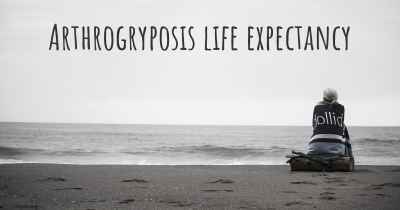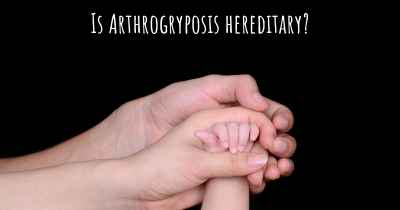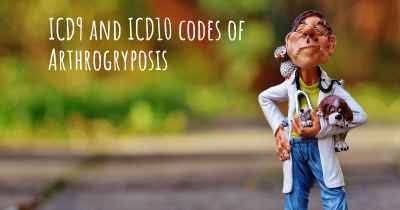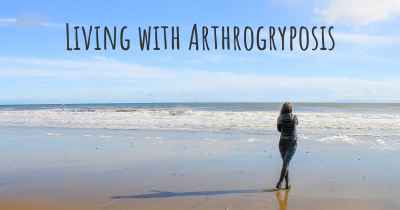How do I know if I have Arthrogryposis?
What signs or symptoms may make you suspect you may have Arthrogryposis. People who have experience in Arthrogryposis offer advice of what things may make you suspicious and which doctor you should go to to receive treatment
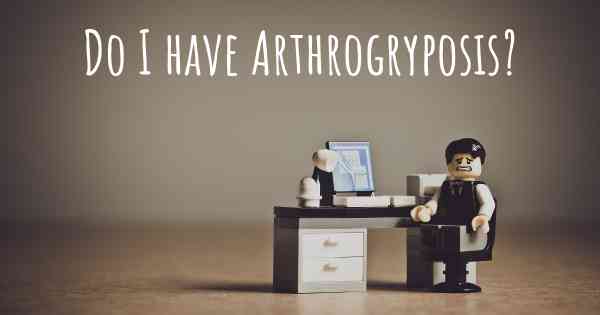
Arthrogryposis is a rare condition characterized by multiple joint contractures, which restrict movement and can lead to muscle weakness and stiffness. It typically affects two or more areas of the body, such as the arms, legs, hands, or feet. The severity and range of symptoms can vary widely among individuals.
Diagnosing Arthrogryposis:
If you suspect you may have arthrogryposis or are experiencing symptoms that concern you, it is important to consult with a healthcare professional for a proper diagnosis. Here are some steps that may be involved in the diagnostic process:
- Medical History: Your doctor will begin by discussing your medical history, including any symptoms you have been experiencing and any relevant family history.
- Physical Examination: A thorough physical examination will be conducted to assess the range of motion in your joints, muscle strength, and any visible abnormalities.
- Imaging Tests: X-rays, ultrasounds, or other imaging tests may be ordered to visualize the affected joints and rule out other possible causes of your symptoms.
- Genetic Testing: In some cases, genetic testing may be recommended to identify specific genetic mutations or abnormalities associated with arthrogryposis.
- Consultation with Specialists: Depending on the suspected underlying cause of arthrogryposis, you may be referred to specialists such as orthopedic surgeons, neurologists, or geneticists for further evaluation and management.
Common Symptoms:
While the specific symptoms can vary, some common signs of arthrogryposis include:
- Joint contractures: Limited range of motion in one or more joints.
- Muscle weakness: Difficulty with muscle control and strength.
- Stiffness: Resistance or tightness in the muscles and joints.
- Deformities: Abnormalities in the shape or alignment of the affected joints.
- Impaired mobility: Challenges with walking, grasping objects, or performing daily activities.
Treatment and Management:
While there is no cure for arthrogryposis, various treatments and interventions can help manage the symptoms and improve quality of life. These may include:
- Physical therapy: Exercises and stretches to improve muscle strength and flexibility.
- Occupational therapy: Techniques to enhance daily living skills and promote independence.
- Orthopedic interventions: Surgical procedures or orthotic devices to correct joint deformities and improve function.
- Pain management: Medications or other therapies to alleviate discomfort.
- Assistive devices: Use of mobility aids, adaptive equipment, or assistive technology to enhance mobility and independence.
Remember, only a healthcare professional can provide an accurate diagnosis of arthrogryposis based on your specific symptoms and medical history. If you suspect you may have this condition, it is important to seek medical attention for proper evaluation and guidance.
